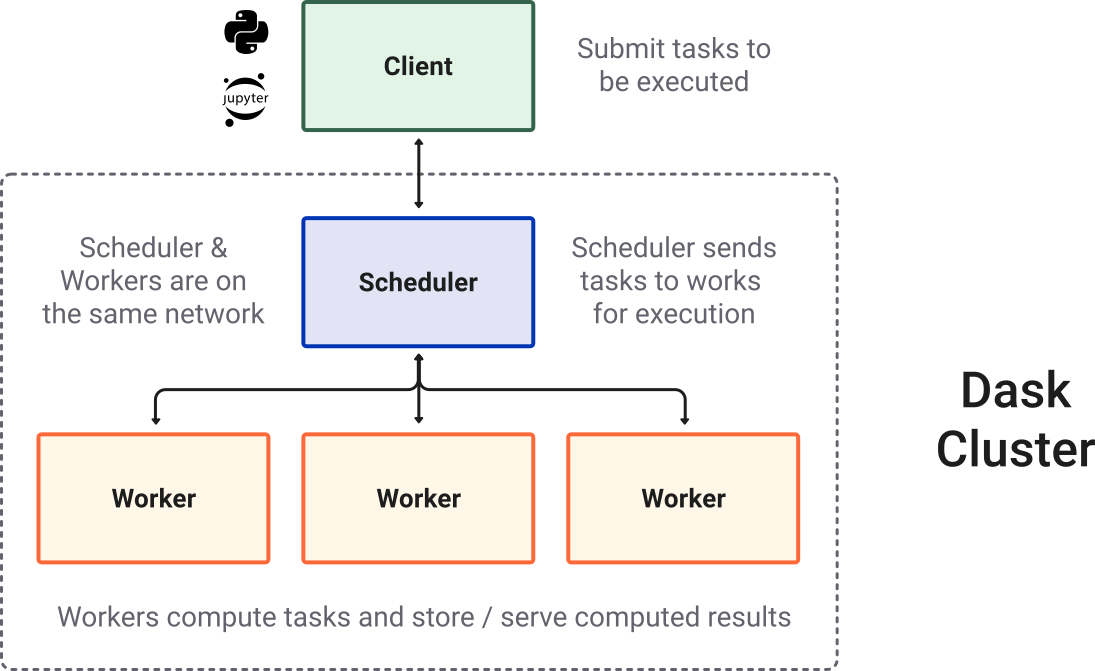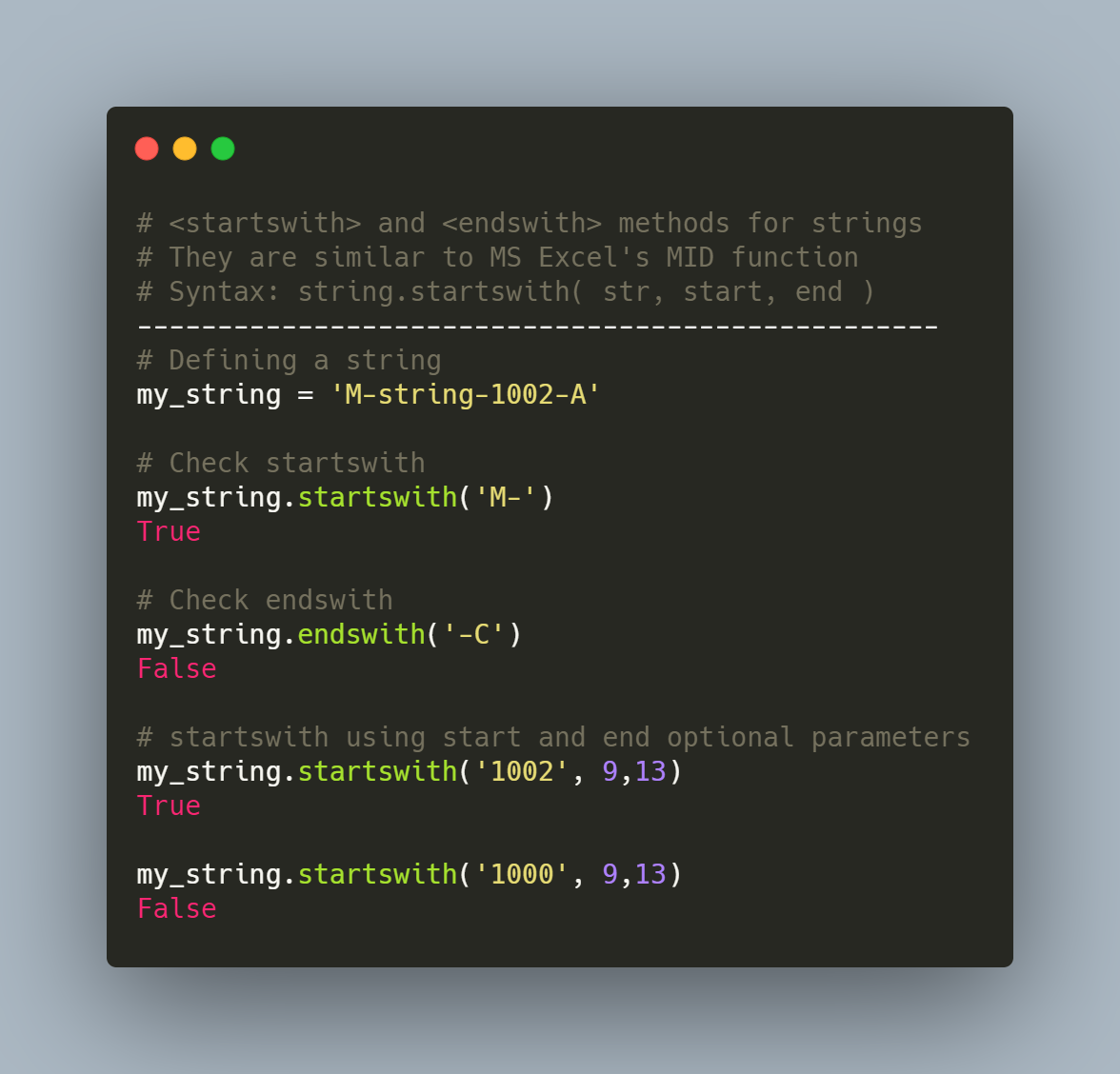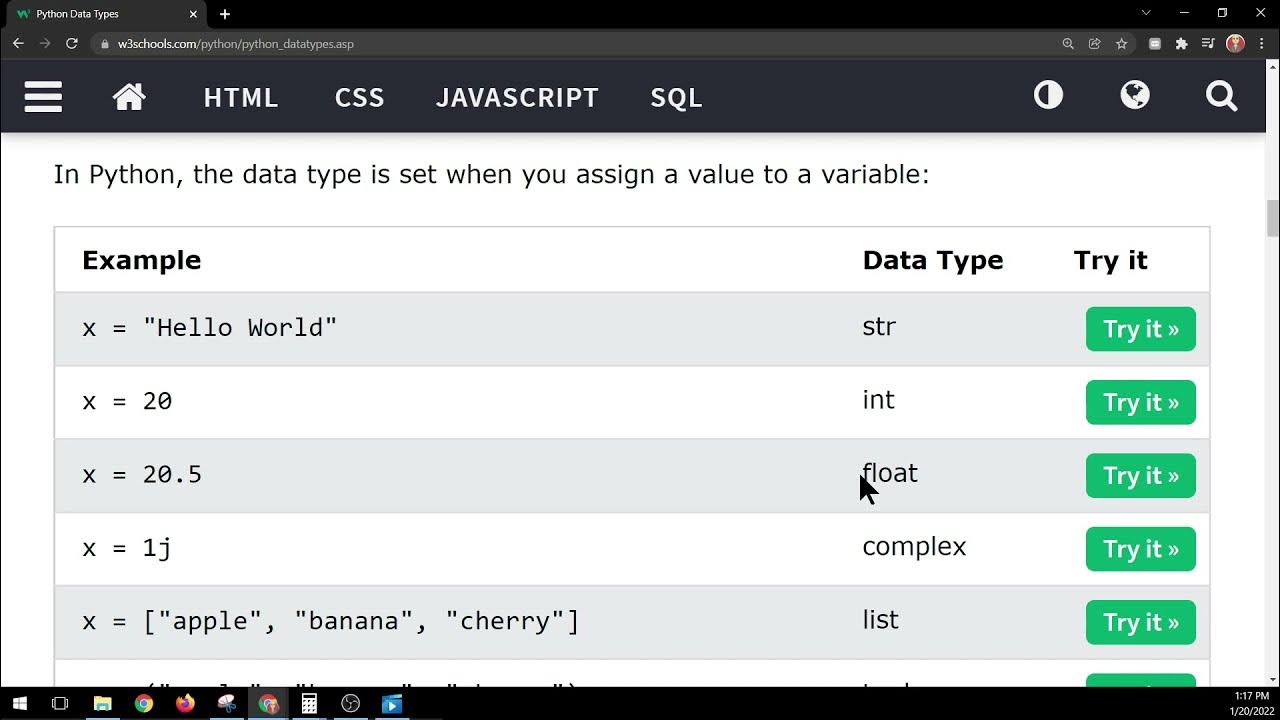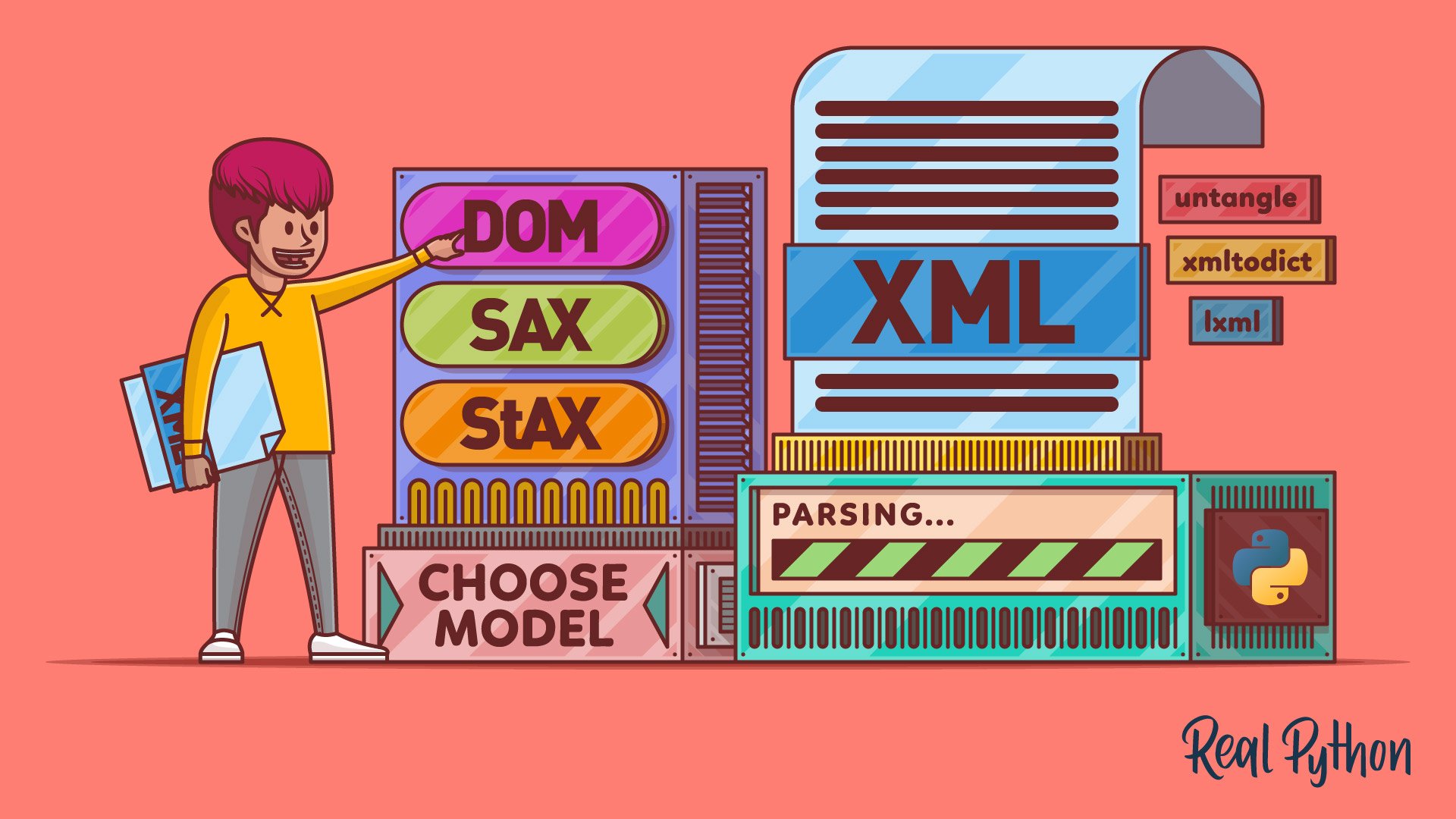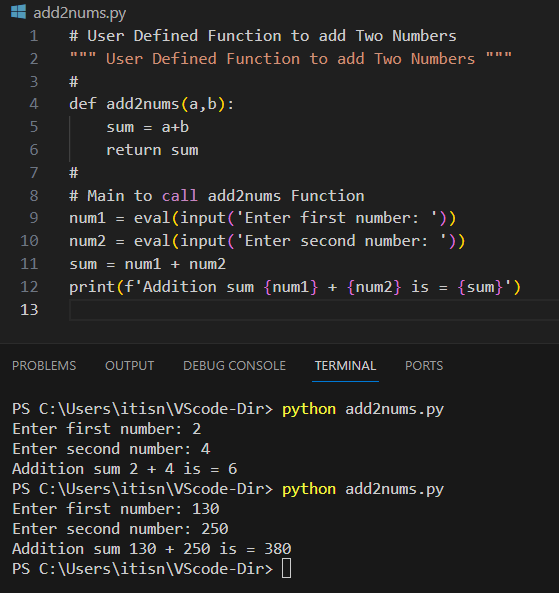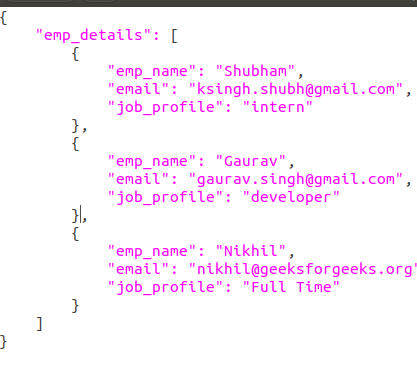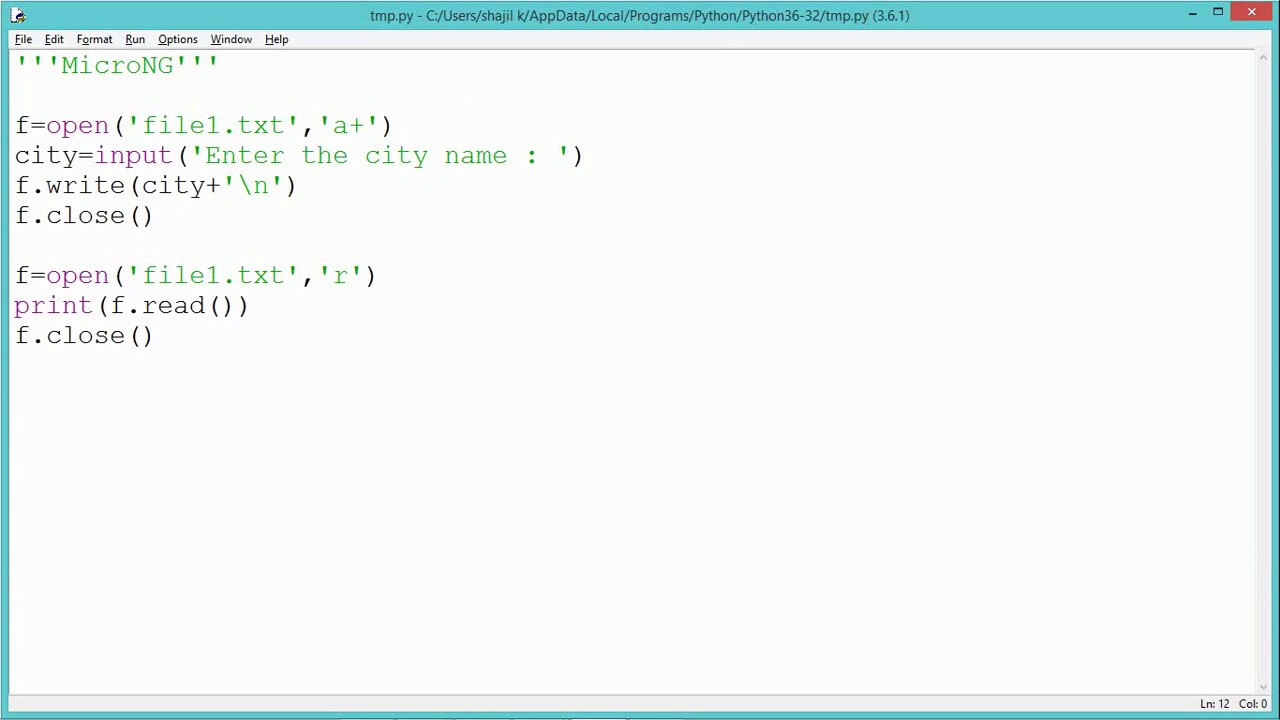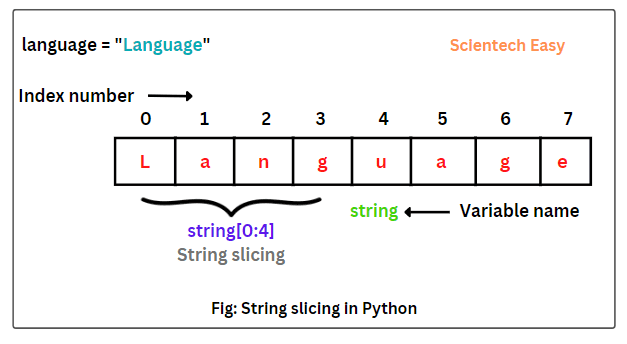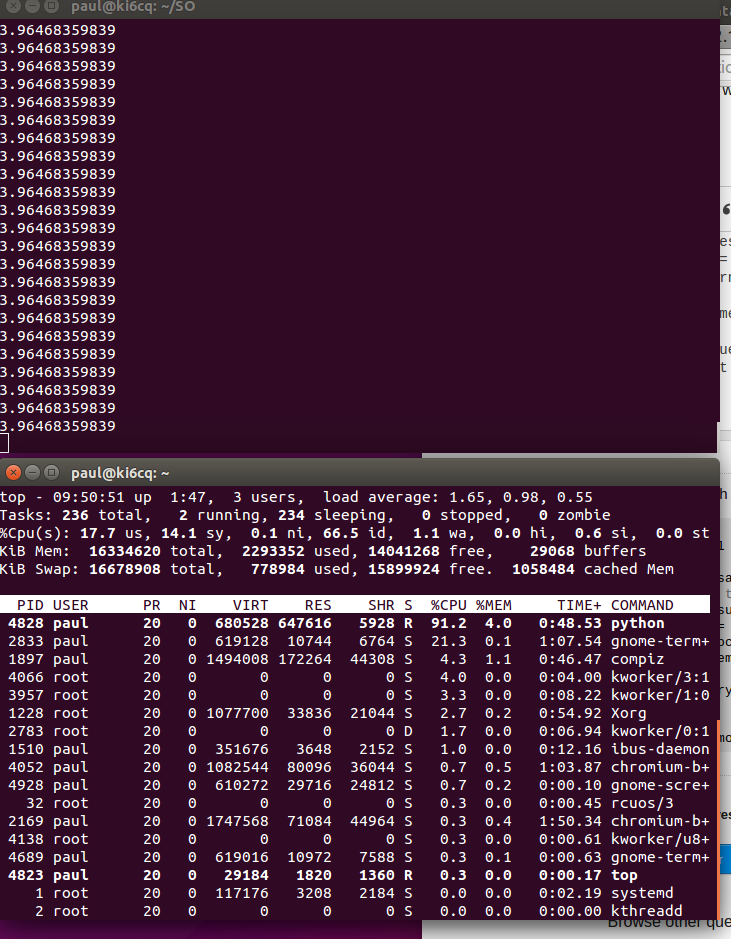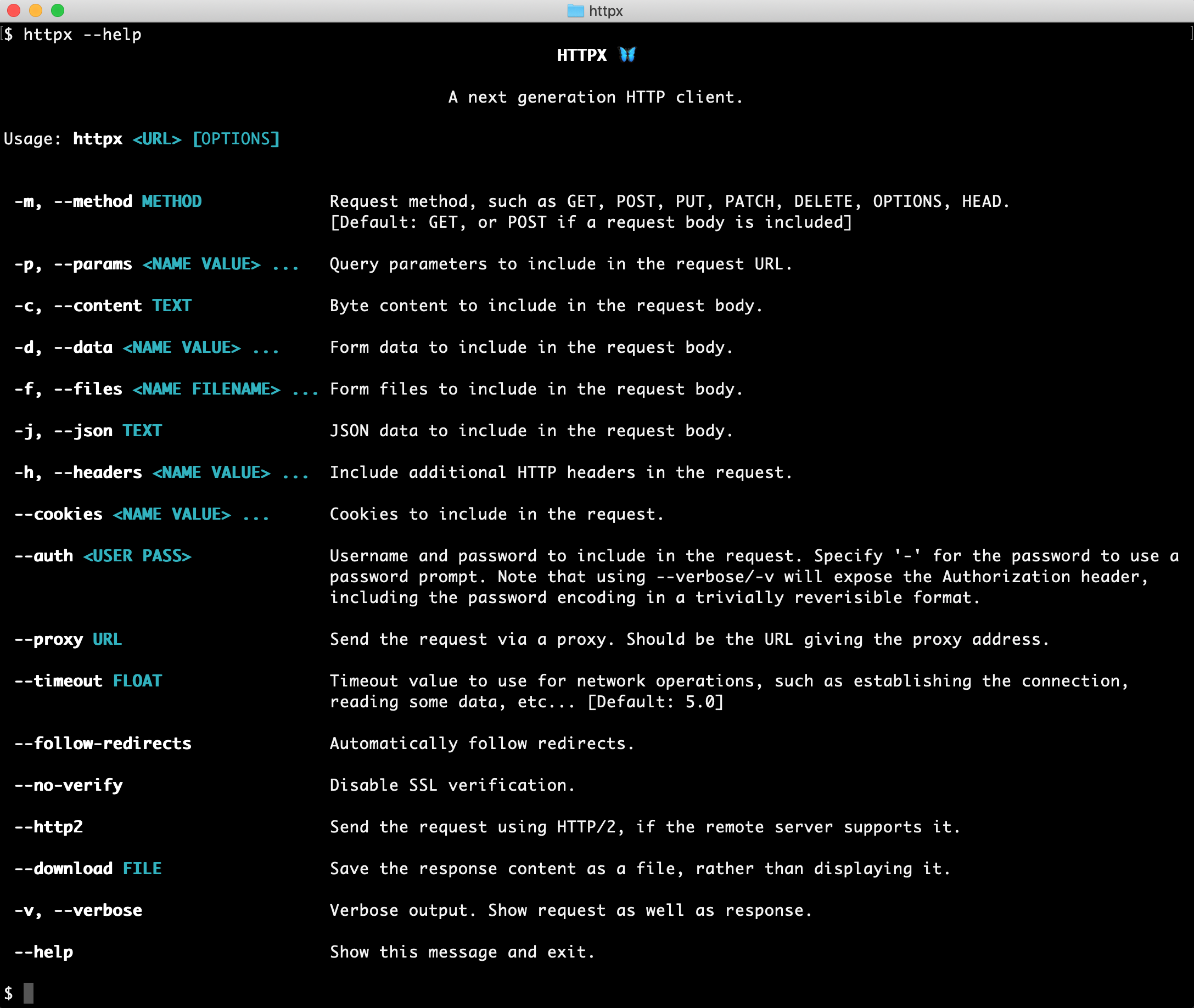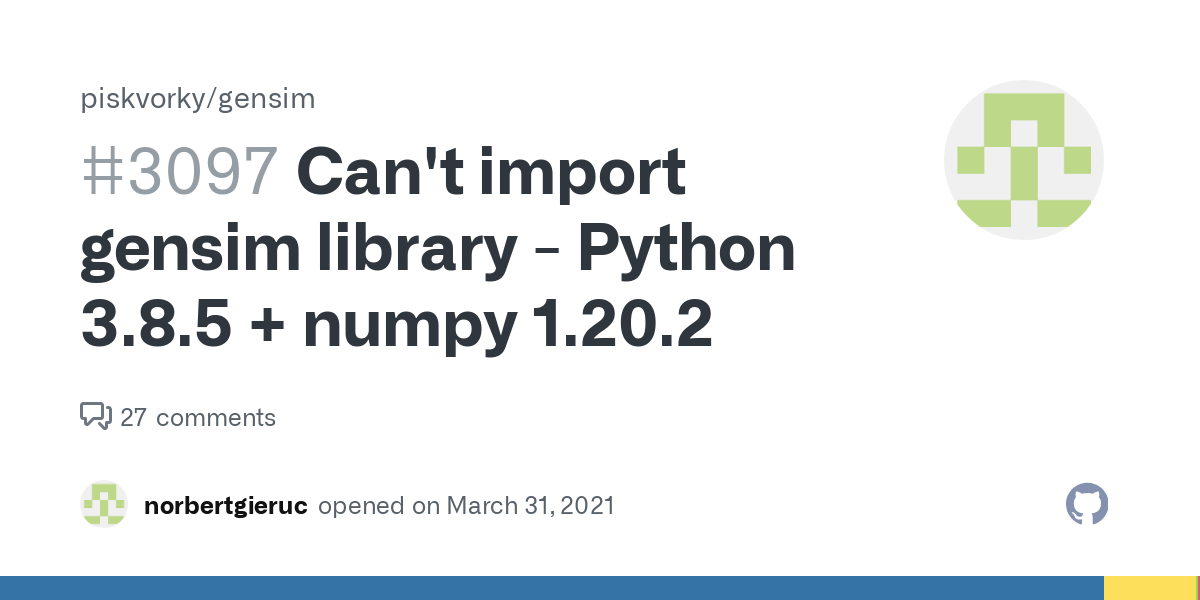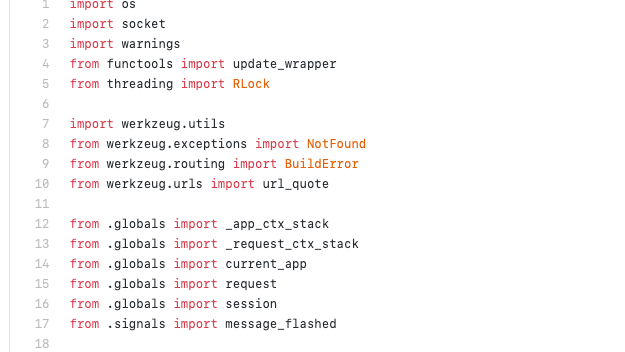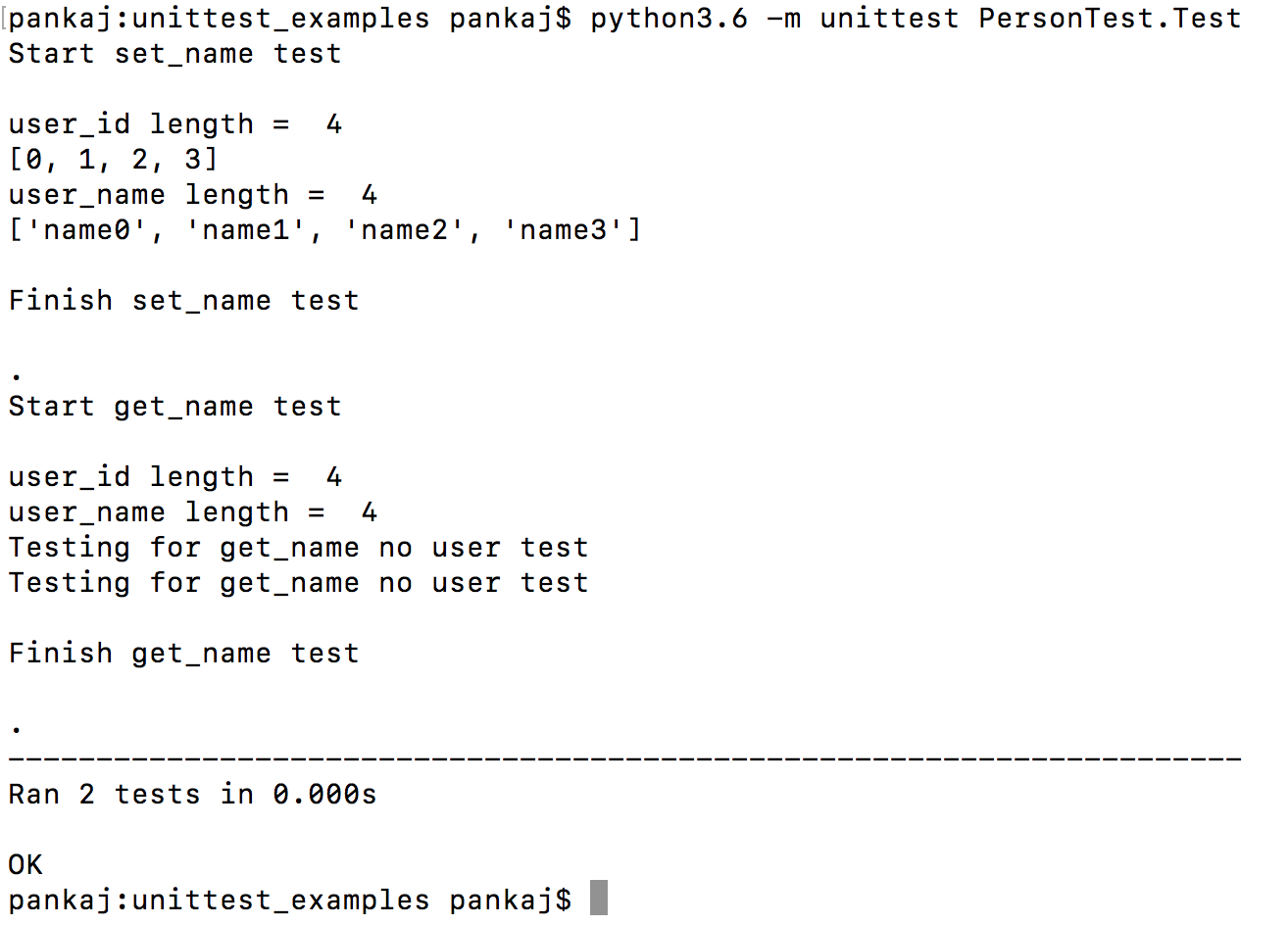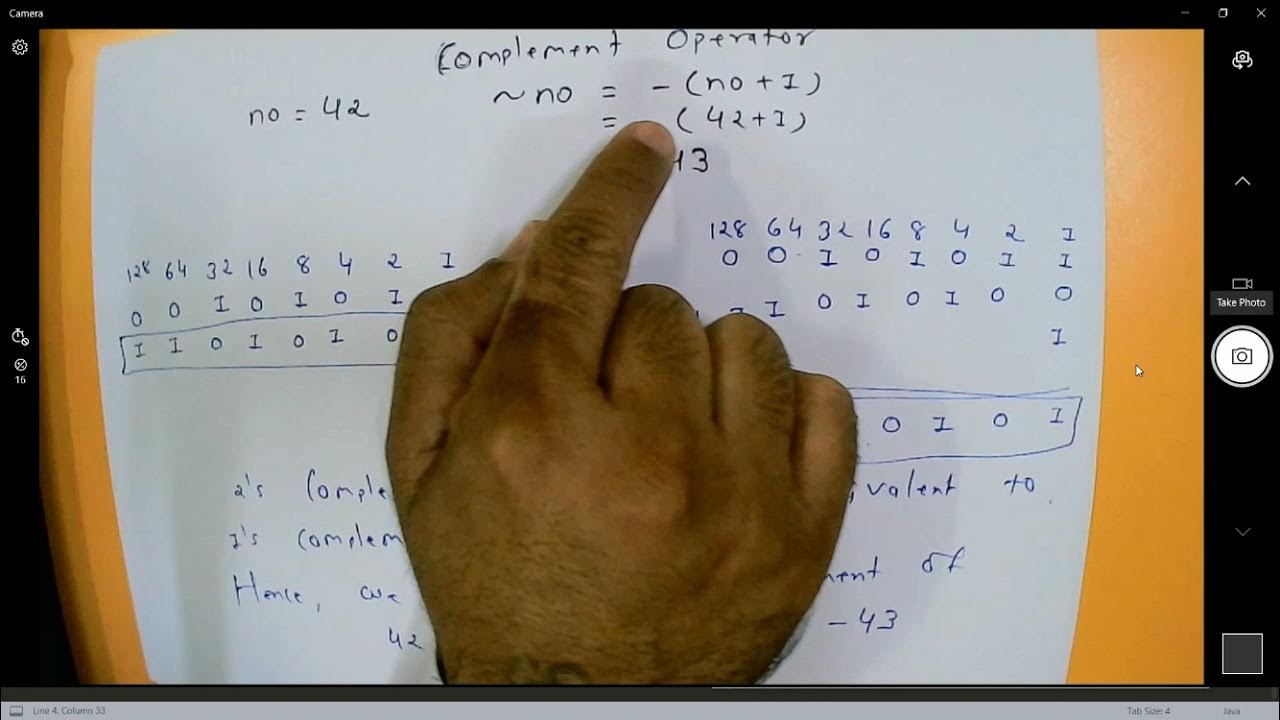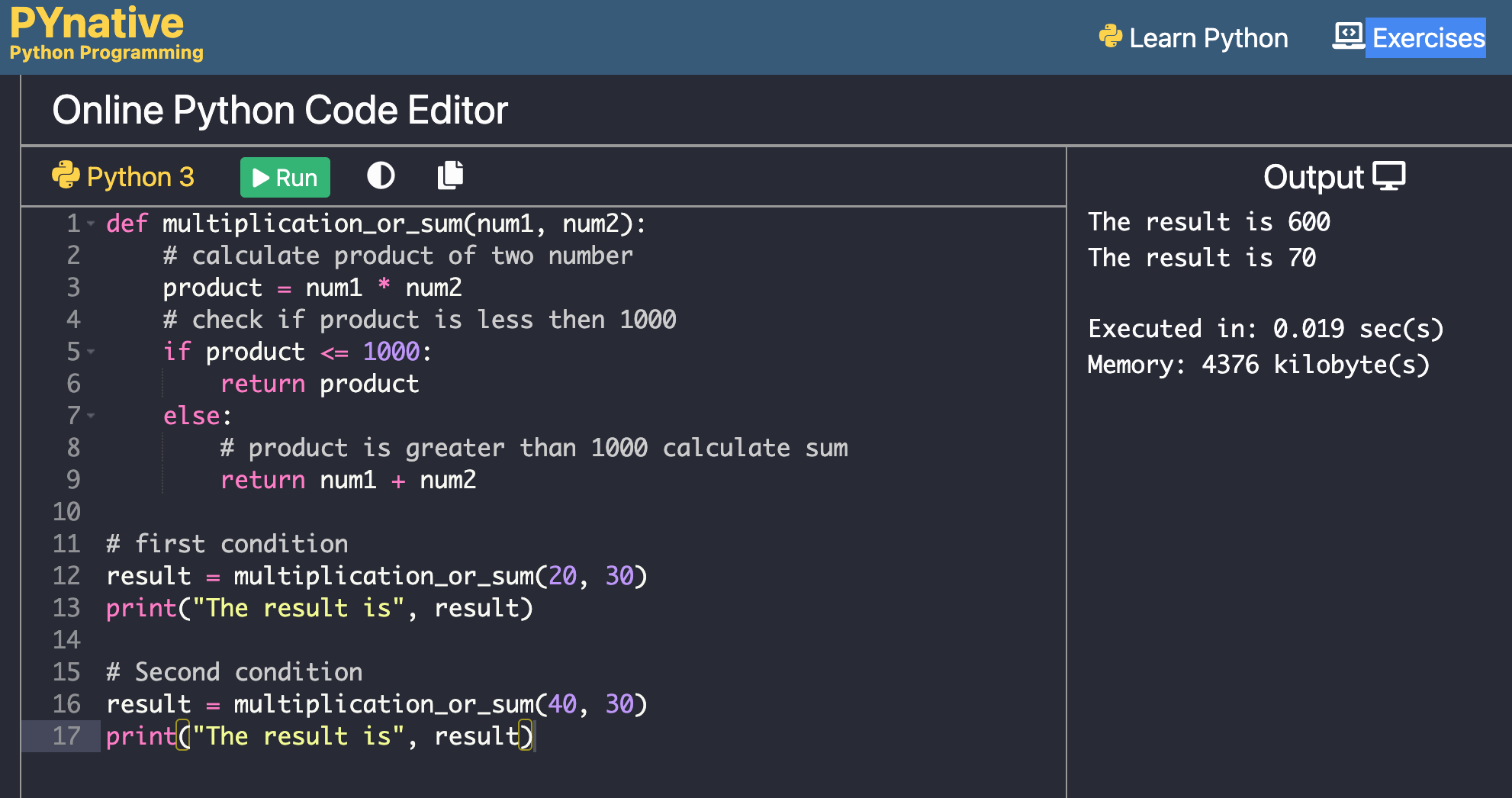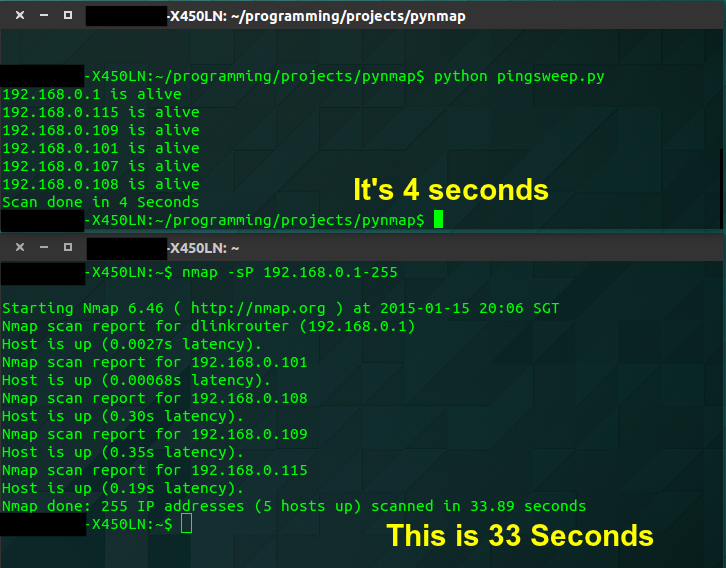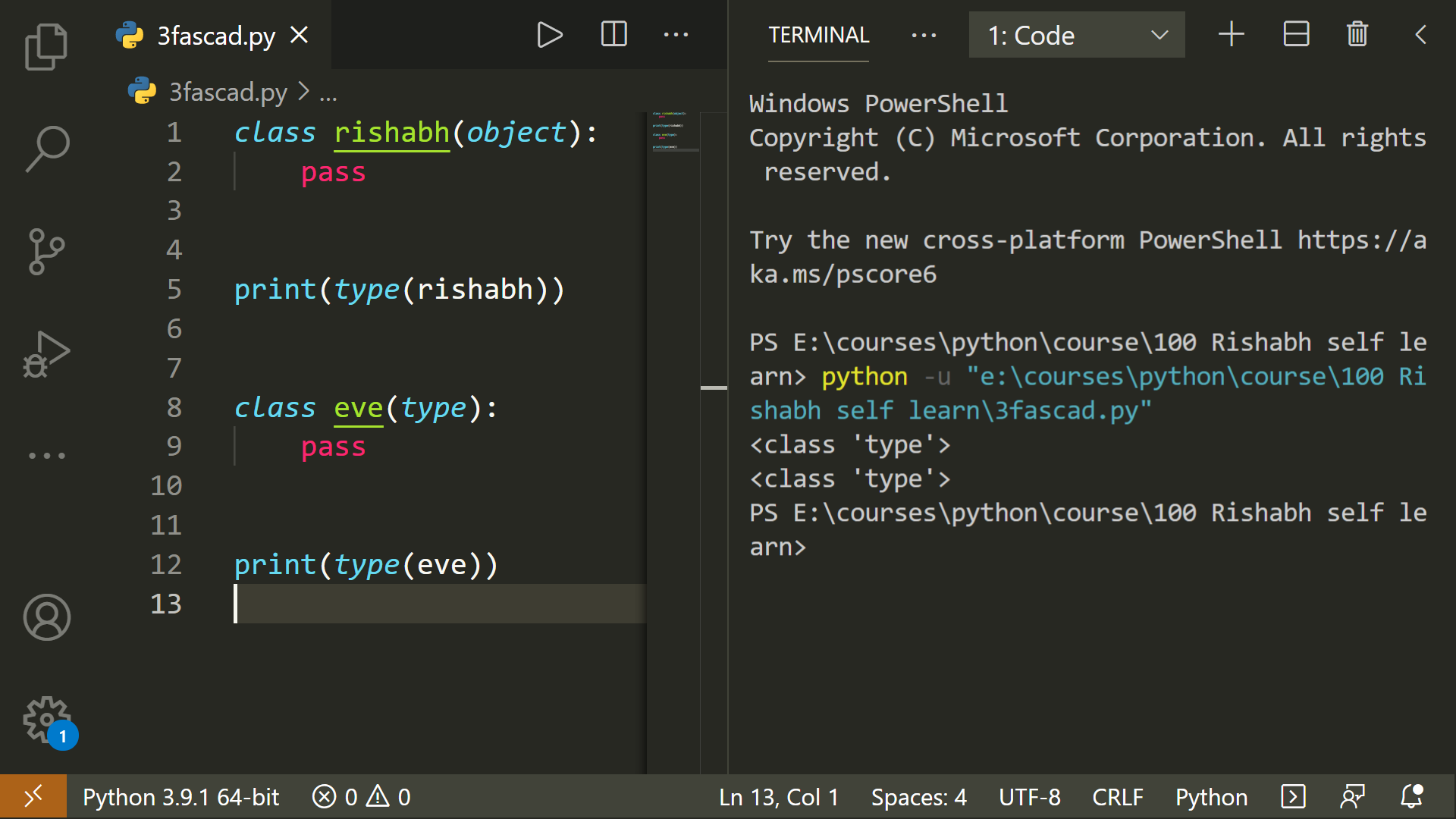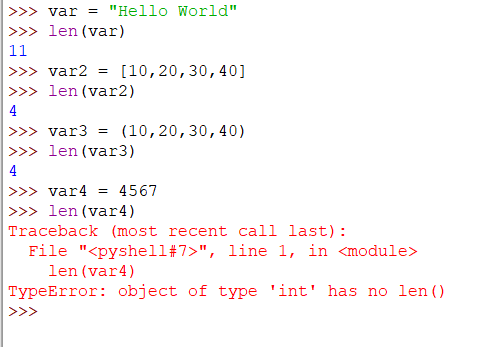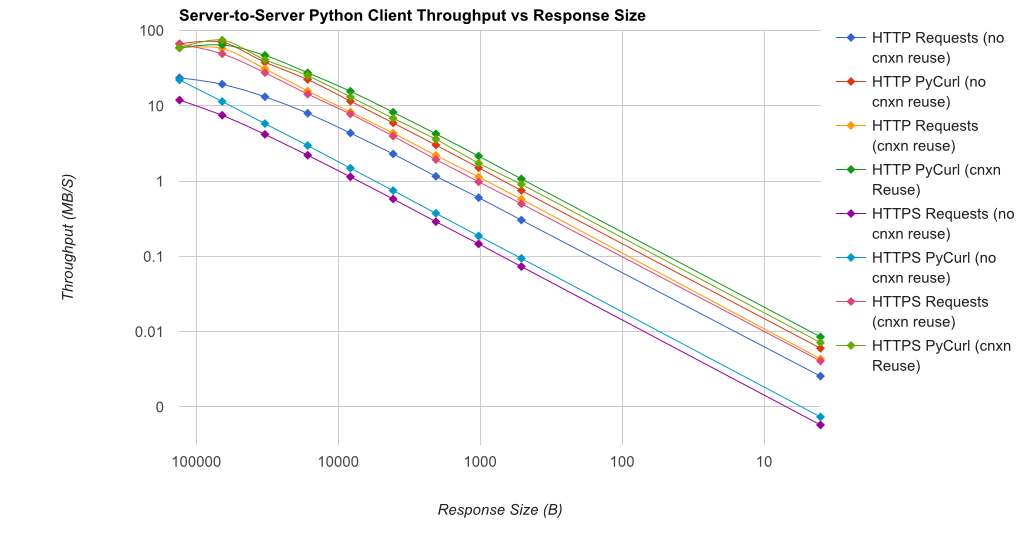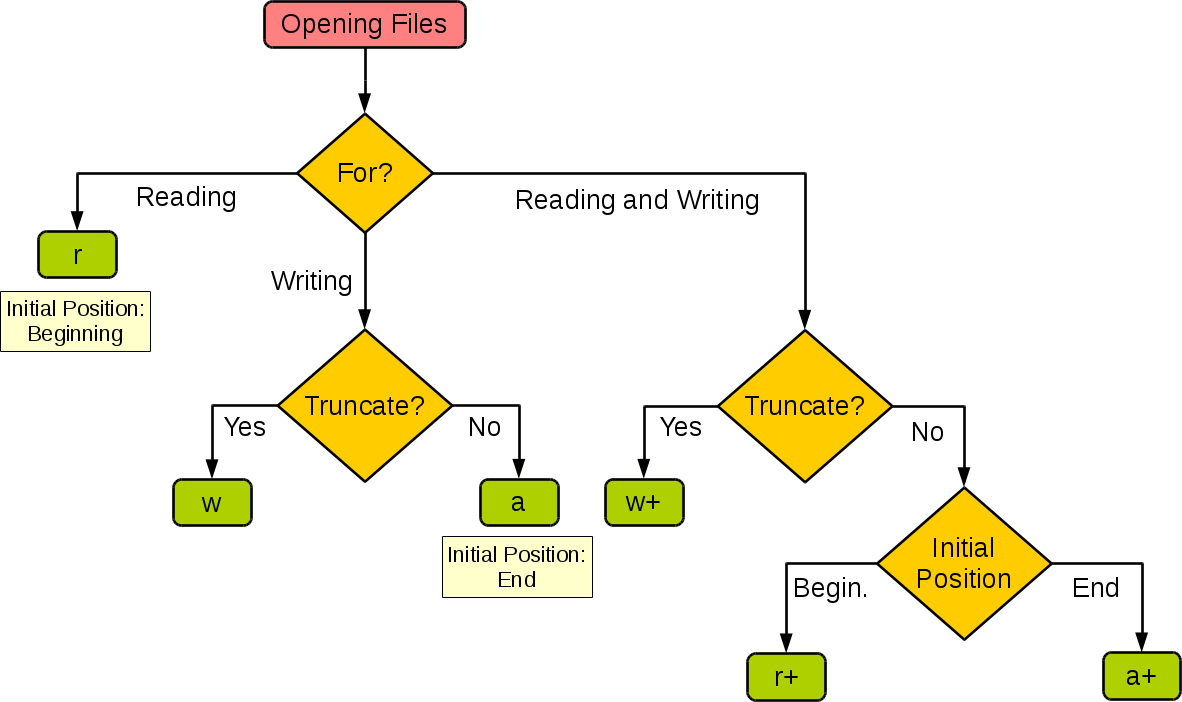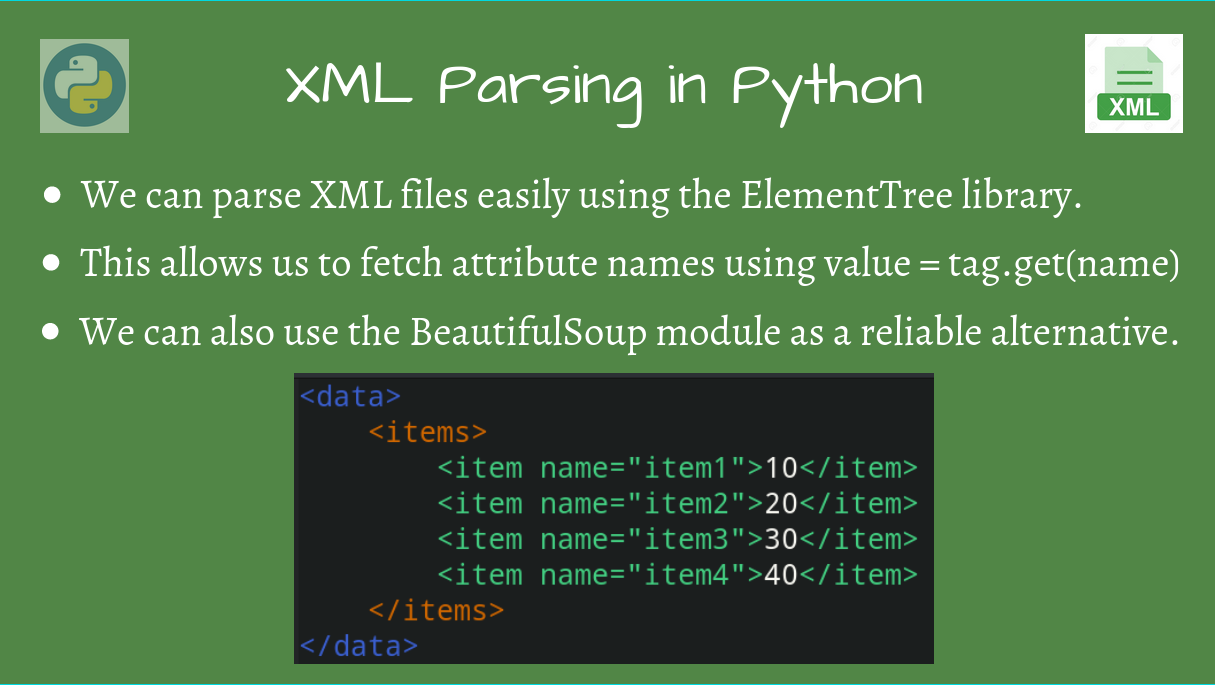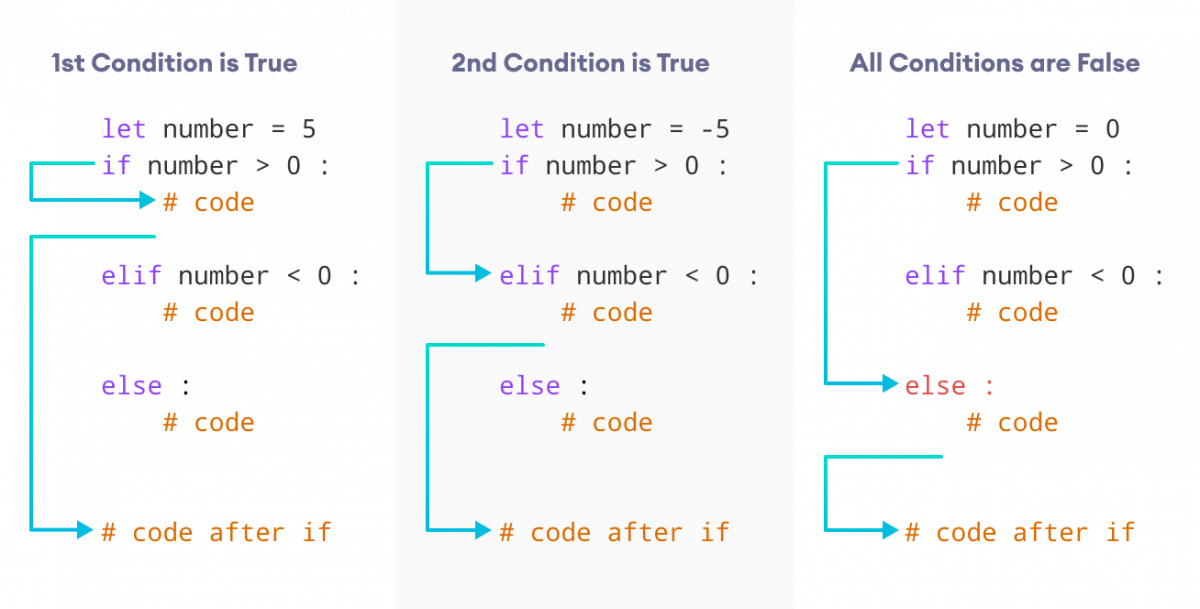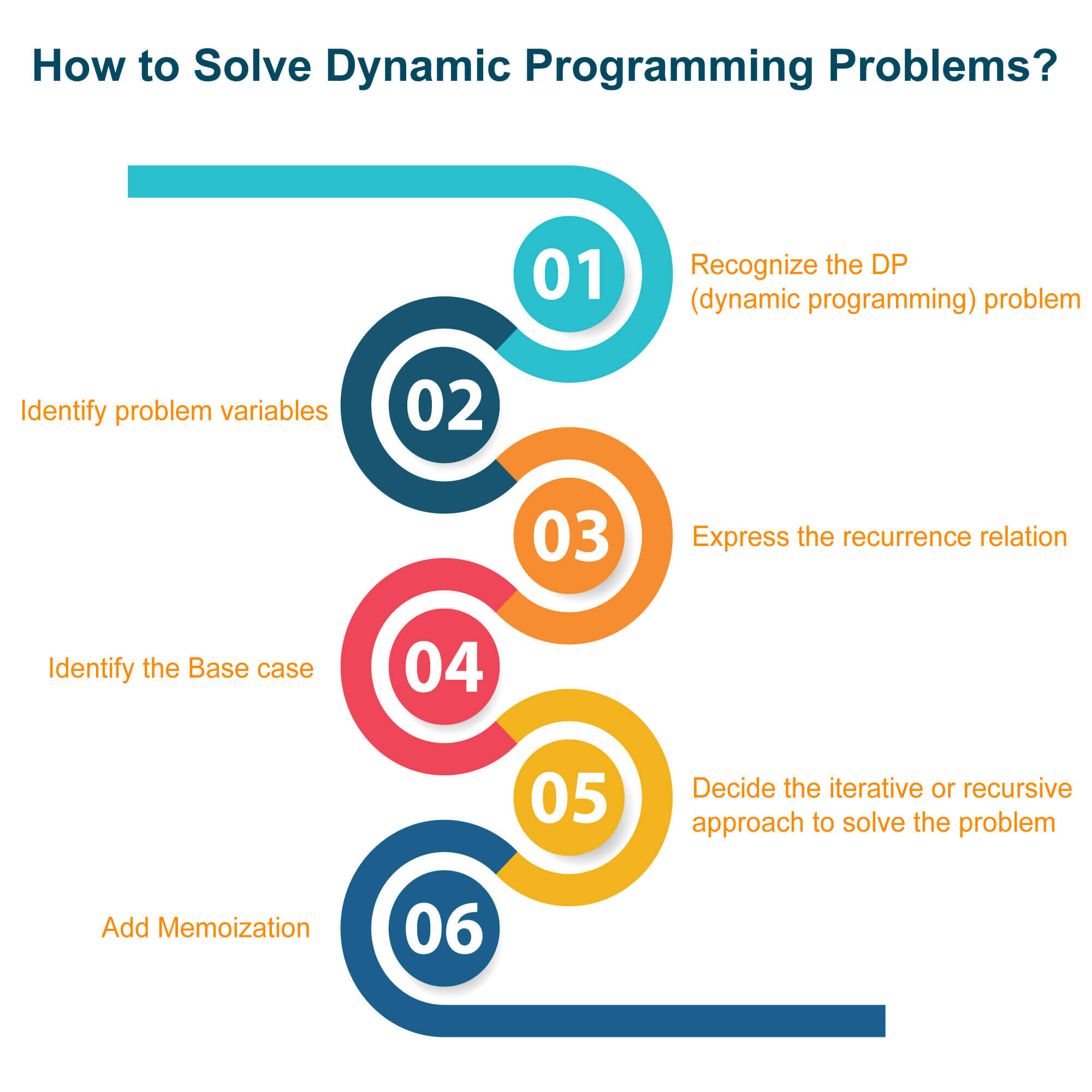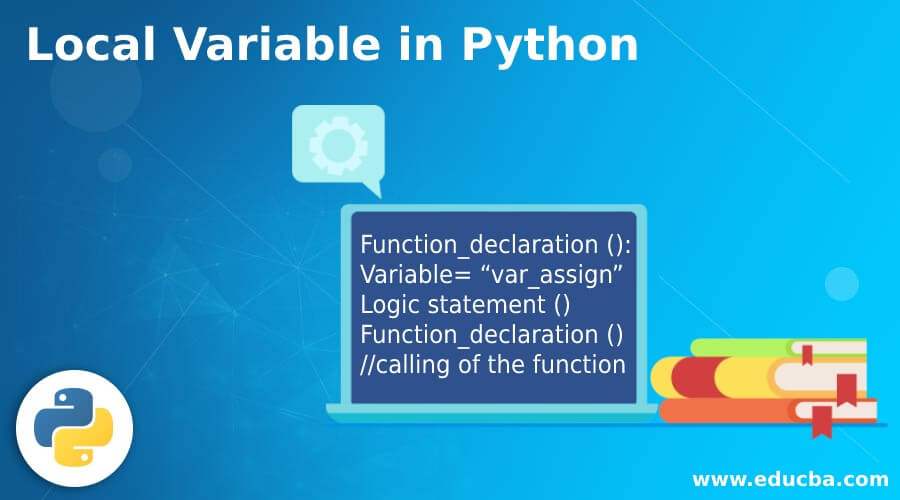python dashboard examples
python dashboard examples
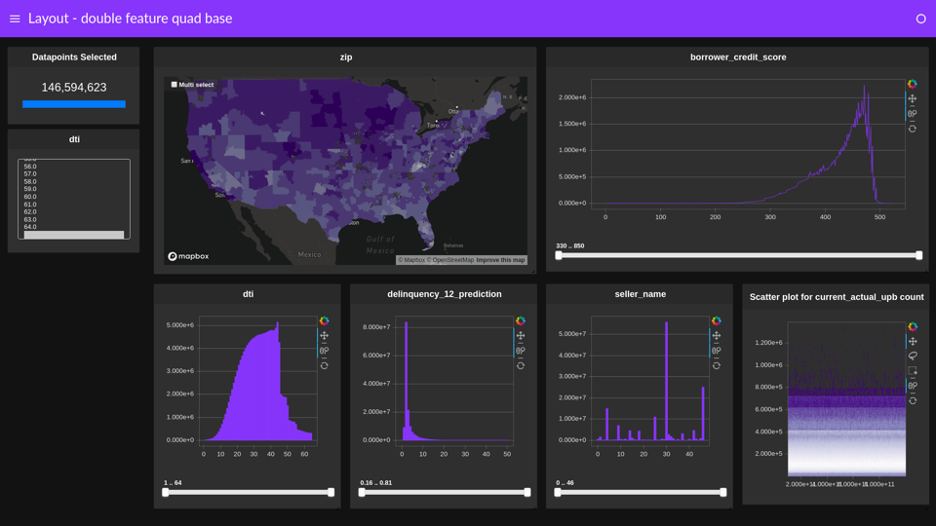
Here are some Python dashboard examples using popular libraries such as Dash, Bokeh, and Plotly:
Example 1: Simple Dashboard with Dash
import dash
import dash_core_components as dcc
import dash_html_components as html
from dash.dependencies import Input, Output
app = dash.Dash(name)
app.layout = html.Div([
html.H1('Simple Dashboard'),
dcc.Graph(id='example-graph'),
dcc.Input(id='input', value='', placeholder='Enter a number', type='number', style={'width': '300px'}),
html.Button(id='button', n_clicks=0, children='Submit')
])
@app.callback(
Output('example-graph', 'figure'),
[Input('input', 'value')],
[Input('button', 'n_clicks')]
)
def update_graph(input_value, n_clicks):
if not input_value:
return {'data': [{'x': [1, 2], 'y': [1, 2]}]}
else:
return {'data': [{'x': [1, 2], 'y': [int(input_value), int(input_value)]}]}
if name == 'main':
app.run_server(debug=True)
This example demonstrates a simple dashboard with a graph that updates based on user input.
Example 2: Interactive Plotly Dashboard
import plotly.express as px
import pandas as pd
Load data
data = {'Fruit': ['Apples', 'Bananas', 'Cherries'],
'Quantity': [4, 3, 5]}
df = pd.DataFrame(data)
fig = px.bar(df, x='Fruit', y='Quantity')
Create dashboard
app = dash.Dash(name)
app.layout = html.Div([dcc.Graph(figure=fig)])
if name == 'main':
app.run_server(debug=True)
This example shows a basic Plotly chart and adds some interactivity to the dashboard by allowing users to hover over the bars for more information.
Example 3: Bokeh Dashboard with Scatterplot
from bokeh.plotting import figure, show
from bokeh.layouts import column
Create data
x = [1, 2, 3]
y = [4, 5, 6]
Create plot
p = figure(title="Scatter Plot", x_axis_label='X', y_axis_label='Y')
p.circle(x, y)
Create dashboard
app = dash.Dash(name)
app.layout = column(p)
if name == 'main':
show(column(p), title="Bokeh Dashboard")
This example demonstrates a simple scatterplot using Bokeh and adds it to a basic dashboard.
Example 4: Dash App with Multiple Components
import dash
import dash_core_components as dcc
import dash_html_components as html
from dash.dependencies import Input, Output
app = dash.Dash(name)
app.layout = html.Div([
html.H1('Multiple Components'),
dcc.Graph(id='example-graph', figure={'data': [{'x': [1, 2], 'y': [1, 2]}]}),
dcc.Input(id='input-1', value='', placeholder='Enter a number', type='number', style={'width': '300px'}),
html.Button(id='button-1', n_clicks=0, children='Submit'),
dcc.Dropdown(
id='dropdown',
options=[
{'label': 'Option 1', 'value': 'option1'},
{'label': 'Option 2', 'value': 'option2'}
],
value='option1'
)
])
@app.callback(
Output('example-graph', 'figure'),
[Input('input-1', 'value')],
[Input('button-1', 'n_clicks')]
)
def update_graph(input_value, n_clicks):
if not input_value:
return {'data': [{'x': [1, 2], 'y': [1, 2]}]}
else:
return {'data': [{'x': [1, 2], 'y': [int(input_value), int(input_value)]}]}
if name == 'main':
app.run_server(debug=True)
This example demonstrates a dashboard with multiple components such as graphs, input fields, buttons, and dropdowns.
These are just a few examples of what you can do with Python dashboards. You can create more complex and interactive visualizations by using other libraries and tools!
What is dash in Python?
I'll respond in English this time.
In Python, a dash (-) is an operator used for various purposes, depending on its context. Here are some scenarios where you might encounter a dash:
String concatenation: When using the+ operator to concatenate strings, a space or dash can be used as a separator to make the code more readable:
name = "John" + " " + "Doe"
age = 30
print(f"My name is {name} and I'm {age} years old.")
#) or comments to explain what your code does, making it easier for others (or yourself!) to understand:
# This program calculates the sum of two numbers
num1 = 5
num2 = 7
total = num1 + num2
print(f"The sum is {total}.")
re module, a dash (-) can be used as an operator for specifying character classes or ranges:
import re
Find all characters that are uppercase letters (A-Z) or lowercase letters (a-z)
pattern = r"[A-Za-z]"
matches = re.findall(pattern, "Hello, World!")
print(matches)
num1 = 5
num2 = -7 # Negative integer
total = num1 + num2
print(f"The sum is {total}.")
Remember that in Python, -- or -= are used for subtracting numbers. The dash character has different meanings depending on its context and the specific operations you're performing.
In summary, a dash can represent various things in Python, such as string concatenation, commenting code, regular expressions, or even subtraction. Always consider the context to ensure your code is correct and easy to read.
